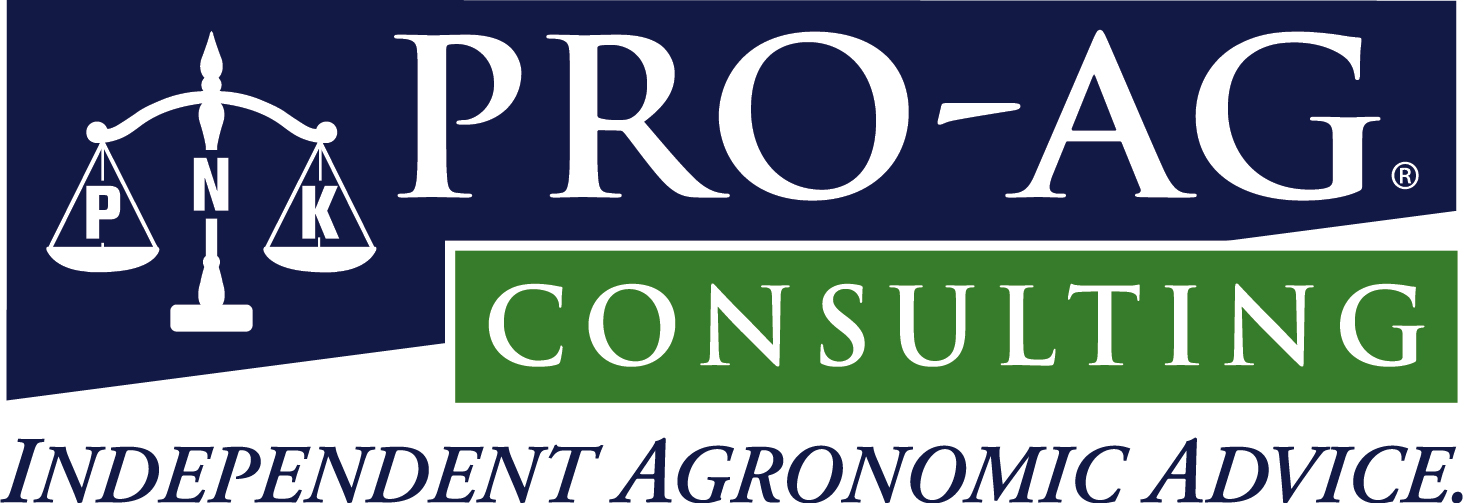Reports are starting to come in of fields planted by mid-March in central and southern Illinois. Though there have been some fields planted this soon in the past, this is the earliest we have ever had good planting conditions across so much of the state, and it’s certain that we have never before had this many corn acres planted so early.
With the warm weather continuing, we expect the crop planted now to get off to a fast start. It takes about 115 growing degree days (GDD) to get corn plants to emerge after planting. Highs of about 80 degrees and lows in the 50s mean that we are getting 15 to 18 GDD per day, so we might see emergence within about a week if it stays this warm. Some fields planted very early have already emerged.
Even with the good conditions and perhaps the pressure of seeing a neighbor planting, many producers are still waiting to plant. For many, the chance that the weather will turn more normal–average lows in the 30s and highs in the 50s through early April–simply means that chances for problems are too great and that cool periods or even frost could slow growth or even kill emerged plants.
Soil temperatures are in or near the acceptable range for planting in central and southern Illinois, and at least with the weather this week they are still increasing. If this were two weeks later we would have a lot of people planting fast. If it stays warm and doesn’t get wet, we normally would expect planting to get going in late March, with April 1 being the “go” date for many in the southern two-thirds of Illinois.
We have never planted corn in planting date trials as early as mid-March, but planting in late March or early April has almost never produced higher yields than planting in late April. Of 12 trials conducted over the past three years, corn planted in late April has yielded more than corn planted in late March or early April nine times, and the earlier planting has yielded more three times. The average advantage from planting later was about 4 bushels per acre. After late April, of course, yields declined with further delays.
Planting date responses are notoriously unpredictable, and so it’s not at all certain that corn planted on March 15 or 20 will yield less than corn planted the second half of April. If it stays dry into the season, early-planted corn may tap more soil water than later-planted corn. But GDD accumulations are low in March and April in normal years, so unless temperatures stay high, early planting won’t necessarily mean very early pollination, maturity, or harvest.
The biggest danger for corn planted so early would be a return to low temperatures or even frost after the crop has emerged. We are working with a relatively short seed supply due to low seed yields this past year; this could, should replanting be needed, mean taking inferior hybrids or even being unable to get enough seed for a replant. Replant seed is also somewhat costly–some companies charge less than full retail for replant seed but might require planting on or after a certain date before making that discount available. Crop insurance may also be an issue.
For many producers, it will make sense to get fields ready to plant but hold off on planting until the calendar turns to April. Unless temperatures remain far above normal over the next month or more, the risk of planting now may well outweigh the likely return. But for those who want to be able to say that they planted corn earlier than ever before–and before their neighbors–2012 is providing the chance.–Emerson Nafziger
Author:
Emerson Nafziger
